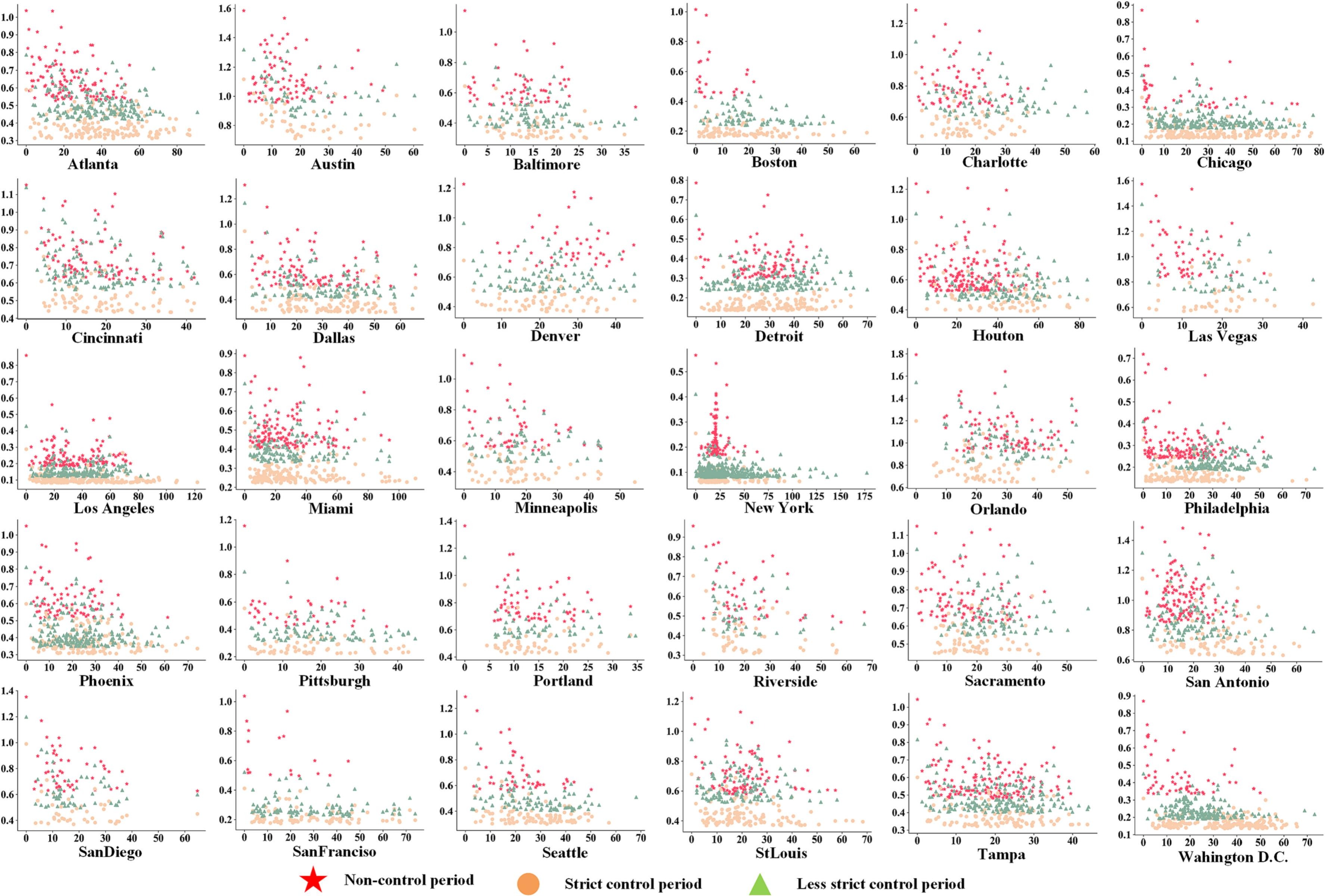Title: Gauging urban resilience in the United States during the COVID-19 pandemic via social network analysis

Abstract
Social distancing policies and other restrictive measures have demonstrated efficacy in curbing the spread of the COVID-19 pandemic. However, these interventions have concurrently led to short- and long-term alterations in social connectedness. Comprehending the transformation in intracity social interactions is imperative for facilitating post-pandemic recovery and development. In this research, we employ social network analysis (SNA) to delve into the nuances of urban resilience. Specifically, we constructed intricate networks utilizing human mobility data to represent the impact of social interactions on the structural attributes of social networks while assessing urban resilience by examining the stability features of social connectedness. Our findings disclose a diverse array of responses to social distancing policies regarding social connectedness and varied social reactions across U.S. Metropolitan Statistical Areas (MSAs). Social networks generally exhibited a shift from dense to sparse configurations during restrictive orders, followed by a transition from sparse to dense arrangements upon relaxation of said orders. Furthermore, we analyzed the alterations in social connectedness as demonstrated by network centrality, which can presumably be attributed to the rigidity of policies and the inherent qualities of the examined MSAs. Our findings contribute valuable scientific insights to support informed decision-making for post-pandemic recovery and development initiatives.
Keywords
COVID-19 pandemic;
Social network analysis(SNA);
Network resilience;
Human mobility
Full Text Download
Q.E.D.









